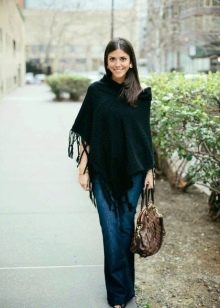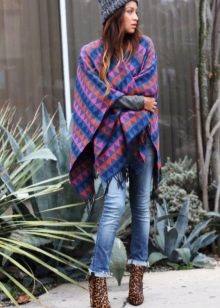Mexican poncho
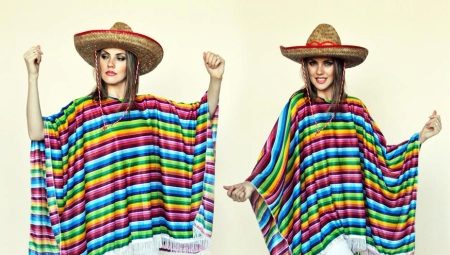
Peculiarities
Traditional Mexican Poncho is a rectangular piece of fabric measuring 1.5 by 1.5 or 1.5 by 2 meters, in the middle of which a square is cut out for the head. The very word "poncho" means "blanket".
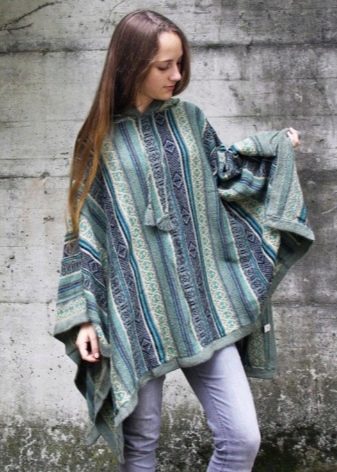
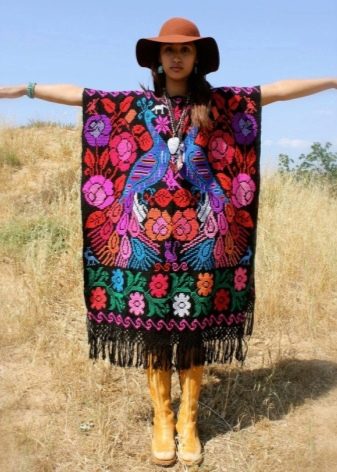
Since ancient times, this product was made of dense heavy wool and really strongly resembled a blanket thrown over the shoulders, from which, most likely, it originated. The poncho was worn by both women and men. Most of the countries of Latin America have their own options for ponchos.

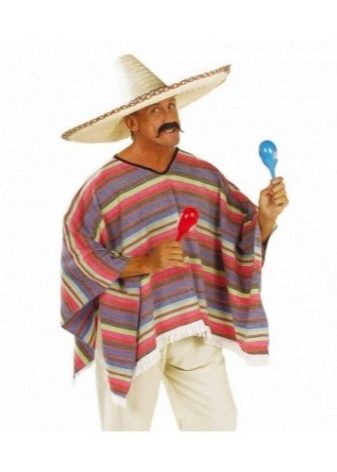
Previously, the inhabitants of various Mexican provinces weaved their own geometrical patterns, which were characteristic only of their locality, saturated with bright colors, in which they encoded mythological plots, stories about the most important events in the history of the tribe and images of predatory animals, from wool on capes.
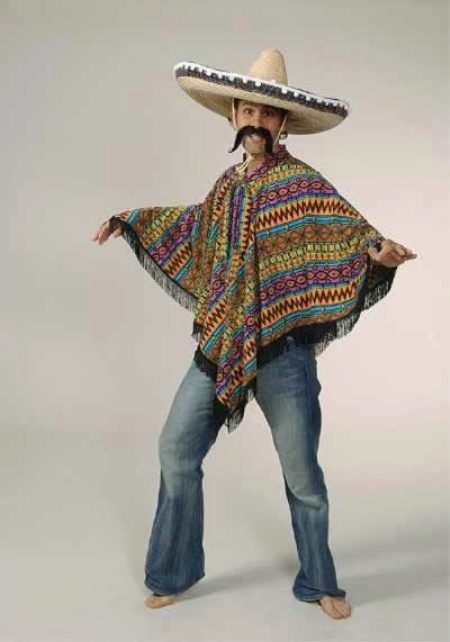
Models
Today, an ordinary piece of rectangular fabric has become more than just a traditional South American Indian garment. Poncho has evolved into fashionable stylish clothing with a wide variety of models, styles, materials, textures, designs, patterns and prints. The only thing that has remained unchanged over the centuries is the presence of a mandatory cutout for the head and the absence of even a hint of sleeves.
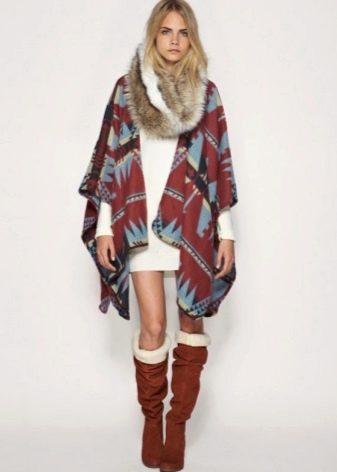
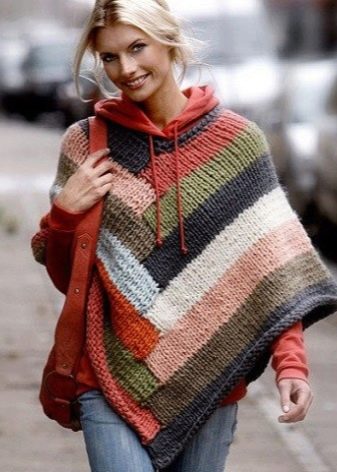
With the help of various ponchos and capes, you can diversify any wardrobe. Poncho in the Mexican style is quite popular today, because it is a prominent representative of the so-called boho chic. This style is filled with uncomplicated silhouettes and ethnic motives, using natural materials and dyes. And the Mexican poncho fits perfectly into fashion standards.
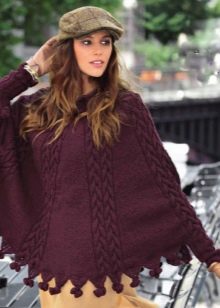
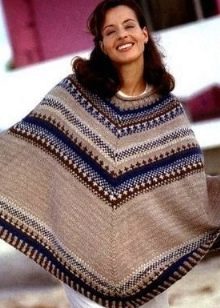
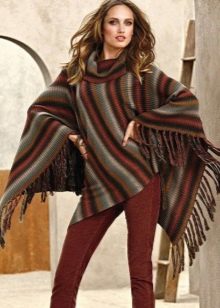
In the 60s of the last century, due to the growing popularity of the hippie movement, the poncho gained a second wind and, along with bell-bottomed trousers and "gypsy" skirts, became the favorite clothes of representatives of the "progressive" youth of that time. Only one decade passed, and the Mexican poncho began to enjoy great success with housewives and needlewomen. At that time there was a craze for knitting, but where to start, if not with a rectangular piece of canvas with a hole in the middle?
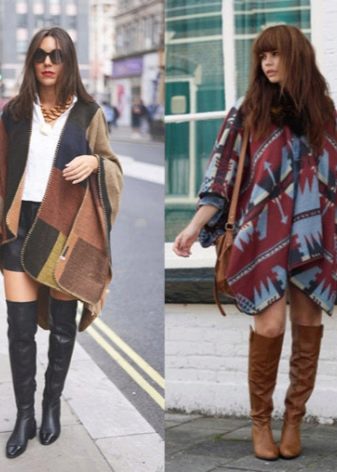
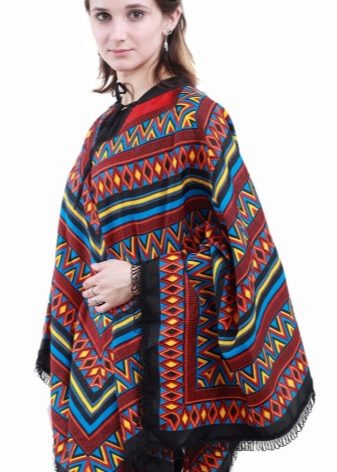
Over time, the simple cut was diversified. The needlewomen knit openwork ponchos in the shape of a shawl, a poncho-sweater with braids, a herringbone poncho-vest, a narrow chest-length poncho that is an alternative to a stole, a long poncho that replaces a demi-season coat and other equally interesting models.
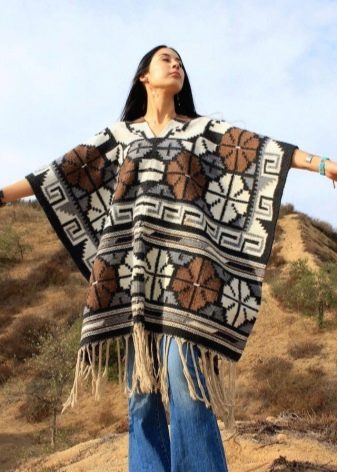
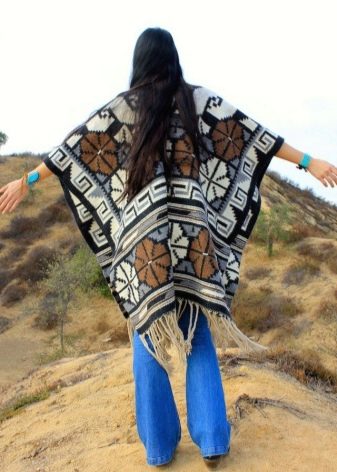
Tassels, fringes, small pom-poms, braid - these are just a few of the favorite poncho finishing options available in the arsenal of modern knitters.
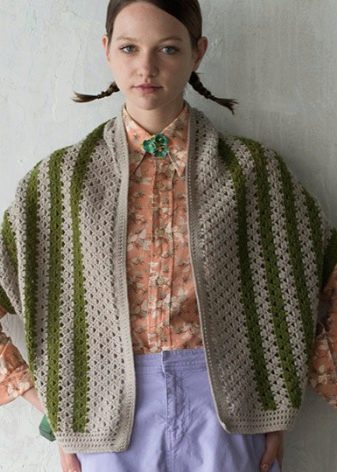
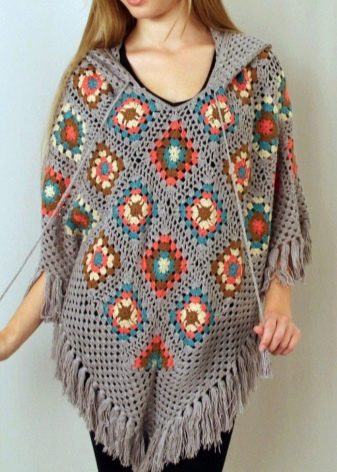
Fabrics
Traditionally, making ponchos from the finest and most expensive alpaca and vicuña wool was the province of male weavers, while the coarser, casual clothes for the poor were made from llama wool by women. Now the use of manual labor and natural woolen materials has become unnecessary, more and more ponchos and capes are made industrially from knitwear, cotton, linen, silk, and even nylon and fleece.

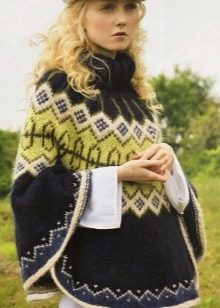
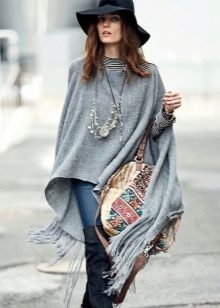
A poncho, or rather a cape, can be made of lightweight fabric, then it can be put on a swimsuit instead of a pareo. A poncho knitted from yarn by hand or by machine will replace a pullover, sweater or vest. A heavy poncho made of woolen coat fabric will be an excellent alternative to an already boring demi-season coat.
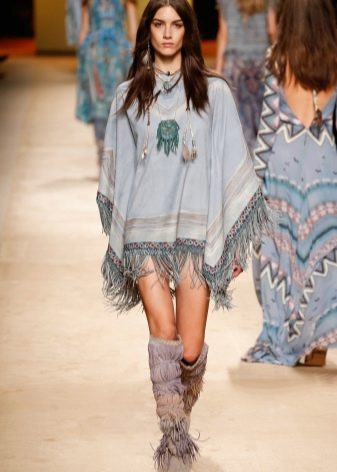
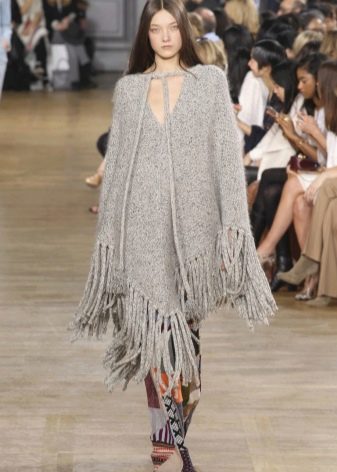
What to wear with
In Mexico itself, ponchos are usually worn with long white shirts and white trousers. If you decide to create an image in ethnic style, then the Mexican poncho can be supplemented with tight pants, cowboy boots or "Timberlands" and massive national jewelry. A bulky bag made of natural materials, for example, jute, will be quite appropriate in this ensemble. The characteristic hat of the Mexicans, the sombrero, has not particularly taken root in the European wardrobe, but it will be quite appropriate at a carnival or a costume ball.
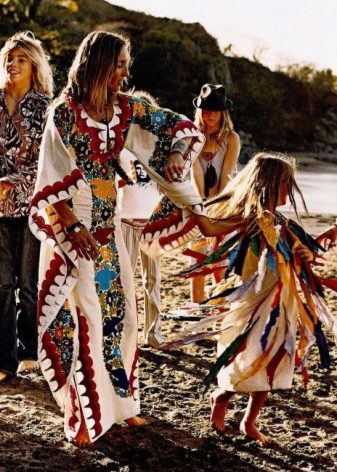
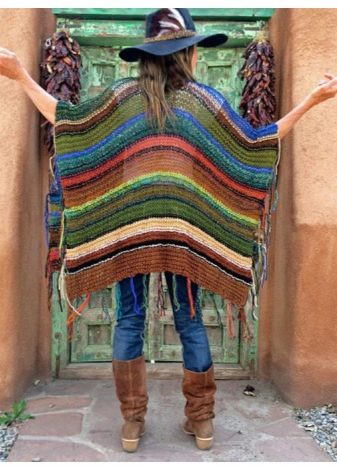
A poncho cape will look great with light blue skinny jeans and high heels. Daring fashionistas can pair a poncho or lightweight cape with an ethnic pattern with returned flared trousers and high wedge shoes. A wide-brimmed hat will add a touch of adventurism to the image.
